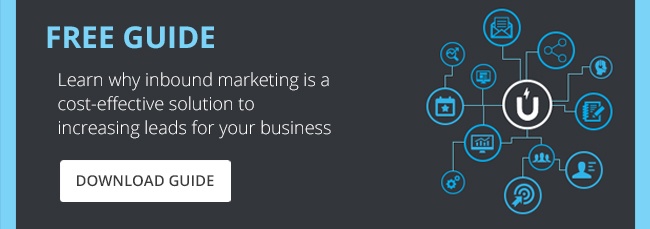
Many brands like to brag about the high levels of social engagement on their social media channels. But is this a good indicator of business success? Sure, there’s no denying that if people share and “like” your Organisations posts then more people outside your social network will see them. But it’s important to remember that followers and likes can be bought. As such, a large Facebook or Twitter following does not mean a positive marketing report and plenty of sales. Success doesn’t always follow popularity. If you’re chasing popularity, your bottom line may take a hit.
There’s no denying that popularity is desirable and has its perks. For example, if your business is financially comfortable, you can ease off on chasing revenue and look at building social campaigns around products and share them with your network, with the goal of seeing bigger sales opportunities down the line. However, if your goal is to convert more prospects, close more sales, increase your revenue and grow your business, here are five vanity metrics you can put on the backburner:
1. Growing your Facebook fans
You might be surprised to discover only 3–7.5% of your Facebook fans see the content you post on a daily basis. You might have many page likes, but the fact someone has liked your page doesn’t automatically mean they are monitoring your content. In fact, 92% never return to your page or follow your content in their newsfeeds.
2. Obsessing over your Twitter followers
Most people only follow accounts to get follow-backs. They often don’t have any interest in what you’re posting and are just trying to grow their own follower base. So don’t spend sleepless nights obsessing over how to grow your organisation’s Twitter numbers.
3. Bettering your blog post views
Regular blog post views do indicate your organisation is regarded as a thought leader in your space and that you are creating engaging, relevant content. Regular blog post views can also indicate that your inbound marketing campaign is working. It’s important to remember, however, that one or two popular blogs don’t mean your readers will return to view new content on a weekly or even a monthly basis, or that you’ll see any long-term SEO benefits. Rather measure your social shares, RSS and email subscribers, and your leads.
4. Escalating your email open rate
Your email open rate is defined as the number of times your email has been opened by your different prospects, divided by the difference between the number of emails sent and bounces. This metric indicates how effective your email subject lines are and whether your timing is working, but the results can be skewed. This is because many email clients have to load images before the email is counted as open, and many of your organisation’s customers might have their images turned off. So while they might read your content, your open rate won’t reflect it. Rather focus on your email’s call to action to draw users to your site, and then measure your click-through rate on this link
5. Building your website views
The number of people who have viewed your website isn’t really relevant compared to the number of active users. Look at metrics like visitor loyalty. See how many viewers are returning on a daily basis to look at new content or follow your updates. Then track which keywords and content drew in leads that converted, as well as the actions these leads took on your website and what pages they spent time on before they converted.
Lupo Digital is an digital marketing agency that specialises in inbound marketing for organisations, helping them grow their businesses and improve their popularity through engaging, personalised content. We have a passionate, experienced team dedicated to bringing all the benefits of inbound marketing. For more information on how inbound marketing works for your organisation, download our executive guide to inbound marketing.

Written by Michael Wolf
Founder of Lupo Digital, Michael is extremely passionate about digital and inbound marketing. Michael helps organisations drive rapid and sustainable customer and revenue growth.
SUBSCRIBE TO OUR BLOG
SUBSCRIBE TO OUR BLOG
Popular
Categories
- Inbound Marketing (97)
- Digital Marketing Strategy (85)
- HubSpot (46)
- CRM (43)
- Artificial Intelligence (AI) (39)
- Content Marketing (35)
- Business Growth (27)
- Lead Management (27)
- Marketing Automation (26)
- Email Marketing (20)
- Customer Relationship Management (CRM) (16)
- HubSpot Product Feature Updates (16)
- Sales Enablement (14)
- Referral Marketing (12)
- content strategy (10)
- Social Media Marketing (8)
- Blogging (7)
- Buyer Personas (7)
- Goal Setting (7)
- Growth Driven Website Design (7)
- Buyer Journey (6)
- SEO (5)
- Paid Media (4)
- Conversational Marketing (2)
- Influencer Marketing (2)
- Sales & CRM HUG ANZ (2)
- Customer Experience (1)
- Data Management (1)
- HubSpot CRM (1)
- Legal practice management software (1)
- User Management (1)
- training (1)



